On a hot June day in 1953, President Dwight D. Eisenhower sat down in the cool confines of a White House screening room to watch a horrifying movie. Produced by government-backed Hollywood filmmakers, it recounted the recent test of an American thermonuclear bomb in the South Pacific. Part documentary, part disaster pic, Operation Ivy featured Hollywood actor Reed Hadley and footage of the complete annihilation of a Pacific island as large as Washington, D.C.
Eisenhower was stunned. But there was one thing he knew for sure after watching it: all Americans needed to see Operation Ivy.
There was just one problem. The U.S. government had not acknowledged that the test, the first use of H-bomb technology, had happened—and wasn’t yet sure if it wanted to at all. Federal agencies argued over whether to release the film Eisenhower had seen, and if so, in what form. At the crux of the dispute was a question: how being a nuclear power squared with being a democracy. It marked the start of a discussion among America’s Cold Warriors that went on to shape a national debate about state secrecy.
Operation Ivy documented a nuclear test of the same name, the first-ever detonation of a thermonuclear device. The device, dubbed “Mike,” carried 800 times the explosive power of the weapon dropped on Hiroshima. Mike wasn’t really a bomb; it could never be dropped from a plane or put on a missile because it was as big as a warehouse. Still, Mike was the first step toward what would become a worldwide stockpile of tens of thousands of thermonuclear warheads, giving rise to a nuclearized world and numerous nuclear near-apocalypses.
Scientists considered military exercises like Operation Ivy crucial because they felt the government had to test bigger bombs if it wanted figure out how to build them reliably. But to others in government nuclear tests were as symbolic as they were scientific. Tests allowed the U.S. to show its awesome atomic power and hence, the theory went, deter other nations from challenging American power.
Operation Ivy was a full-scale dramatic production mounted with a team of Hollywood professionals behind it. Lookout Mountain Laboratory had been established by the Air Force in the late 1940s to secretly document American nuclear tests on film. Members of Congress who wrote the checks for the nuclear weapons program watched classified versions of Lookout Mountain films to measure progress. Ordinary people also saw some of the movies, but they did so only after long debates about what they should and should not be allowed to see.
The 63-minute original, full color version of Operation Ivy, which was classified top-secret, began at the “desk”—fabricated on a Lookout Mountain set in Hollywood—of Major General Percy W. Clarkson, commander of the operation, who tells viewers that the film that follows is more than just a movie. It is an official “report,” and in order for high-level government officials to really understand “Mike,” they had to see it.
The movie cuts away from Clarkson to the opening credits, set against a backdrop of waves gently rolling up on an empty beach, and accompanied by original orchestral music. Then viewers see the U.S.S. Estes, the command ship for the operation, and its sailors, busily at work preparing for the test. Next appears Hadley, a well-known cowboy actor and television star of the 1950s, perhaps best known as the host the true-crime show “Racket Squad.”
“Welcome aboard the U.S.S. Estes,” he begins, clad in a plain brown uniform.
Hadley’s presence gave Operation Ivy a Hollywood feel. It was as if, in order to be a truly compelling “report,” the film needed all the dramatic dressings Tinseltown could offer. Indeed, Operation Ivy featured an original script and studio-recorded score, together with on- and off-set re-enactments of the planning, design, execution, aftermath, and assessment of the test, as well as animations to illustrate the bomb’s effects. “We have minutes to go before the first blast,” Hadley tells the audience, stopping to light his pipe, as if it were just another day at the office. “If everything goes according to plan, we’ll soon see the largest explosion ever set off on the face of the earth.”
With that, the countdown begins—and a “real time” account of the historic thermonuclear event. Hadley explains how the operation will be remotely monitored and controlled, and walks viewers through the on-ship control room. Los Alamos scientist Robert Graves stops by to talk with Hadley aboard ship, explaining that the U.S. “must take risks” like Operation Ivy if it is to achieve “great gains.” At a minute before blast time, the film reaches its narrative high point. Military men with protective glasses line the deck of the ship to watch the blast. Others hunch over consoles, observing every gauge and dial. When the detonation comes at last, the film cuts to a montage of mushroom clouds, and an unnamed off-screen narrator describes, at length, the effects of the blast.
There are maps and charts, including an illustration of the blast hole superimposed onto Washington, D.C. Mike’s effects are described in terms of the destruction it could bring to New York City: the fireball, viewers are told, would extend from Washington Square in Manhattan all the way up to Central Park. The film concludes with Hadley, by himself on an empty beach, telling the viewers that though it has “been a pleasure to bring you the story of Operation Ivy,” he has “sort of an inadequate feeling.” He continues, “There’s so much more that could have been said. You get a feeling that even now nothing is really over, that this is a breathing spell, like a lull in battle before the next attack.”
Operation Ivy thus concludes with the threat of a coming battle but also an underlying sense that U.S. scientific will assure American survival and power, even as the country pursues dangerous military adventures. It was no wonder Eisenhower, who was fully committed to developing nuclear weapons but unsure how to talk about them with American citizens, was so impressed and wanted others to see it.
Eisenhower’s administration, however, was divided into two camps on the matter: One urged secrecy and caution, while the other pushed transparency. Agency leaders debated what story, if any, Americans should see about U.S. atomic research, and why. The Atomic Energy Commission (AEC), which oversaw the development of new nuclear weapons, regarded the film as a state secret to be closely guarded. It did not want the Soviets or other countries to learn American techniques. The agency also worried about the possibility of public panic and outrage that might stoke political resistance to its aggressive nuclear aims. AEC director Lewis Strauss insisted that the film be guarded by the highest levels of secrecy classification.
But to the Federal Civil Defense Administration (FDCA), which concerned itself with protecting Americans in the event a nuclear attack, Operation Ivy represented a tool for preparedness. The FCDA believed that the only way to equip Americans for the worst-case scenario—a nuclear bomb dropped on the United States—was to be up front about the dangers and to summon active participation in civil defense. FCDA director Val Peterson and deputy director Katherine Graham Howard therefore appealed to the White House to release a redacted version of Operation Ivy as quickly as possible. Howard, in particular, believed that the threat of state secrecy was as grave as the threat of the bomb. In a letter dated September 16, 1953 urging the release of Operation Ivy, she asked the White House to devise a coherent and consistent communications policy for the entire federal government, based on the principle that publicity was necessary for both public safety and democracy—even when it came to thermonuclear weapons.
Howard’s argument pushed the door open for releasing Operation Ivy to the public. As a first step, the White House decided to screen a cut of the film at a planned Presidential summit for U.S. mayors. Lookout Mountain Laboratory completed a new, redacted version of the film in the fall of 1953, which the mayors viewed on December 14. “I know of no other time when the President of the United States felt it necessary to invite to a conference the mayors of our cities, in order that they might together discuss … national security,” Eisenhower told the gathering, in a speech that echoed Howard’s position. Operation Ivy represented the “facts,” he added, for emphasis.
While the mayors’ reactions varied, they all had strong reactions. Some were just plain horrified. Others were incredulous that the White House would ask them to prepare their cities for such a horrific event. The response seemed to confirm the AEC’s arguments that releasing Operation Ivy to the public would only lead to panic and outrage. Nevertheless, to the AEC’s chagrin and with the endorsement of the FCDA, the White House decided to release the redacted film to the public—but on the condition it was shown in black-and-white. Color film was still a novelty, and apparently, the White House felt that showing the Americans footage of the blast in bright, vibrant color risked pushing things too far.
Citizens eventually saw the film, as Howard had urged, but in muted form, screened on television and in movie theaters during April 1954. Lookout Mountain Laboratory boasted that the film garnered “considerable praise,” but there is little evidence of this. New York Times critic Jack Gould described it as overly theatrical and emotional, and found its explanation of the complex test procedure “bewildering.” Still, Gould noted, there was power in its message. “The truly effective part of Operation Ivy,” he admitted, “came in those few moments when the scope and size of the destruction wrought by the explosion were explained by maps, pictures and charts.” Lookout Mountain Laboratory had set out to tell a dramatic story, complete with a Hollywood host, orchestrated music, and animations, but Operation Ivy appeared to one of America’s most prominent movie critics as, at best, a useful piece of public information.
The story of Operation Ivy, however, is no dud. The film provoked such controversy in the halls of state that, by and large, the U.S. government decided to keep films about future nuclear tests largely secret. Lookout Mountain Laboratory continued to produce films about nuclear tests—indeed, they went on to make hundreds of them over the next decade—but they were largely stripped-down, flourish-free “reports” meant only for those with the right security clearances. Hence, while Howard and others saw Operation Ivy as a first effort by the government to address Americans candidly about the bomb, the controversy had the opposite effect. In the end, concerns over the film’s possible revelation of state secrets and the unpredictability of public response led the government to be less candid about its actions going forward.




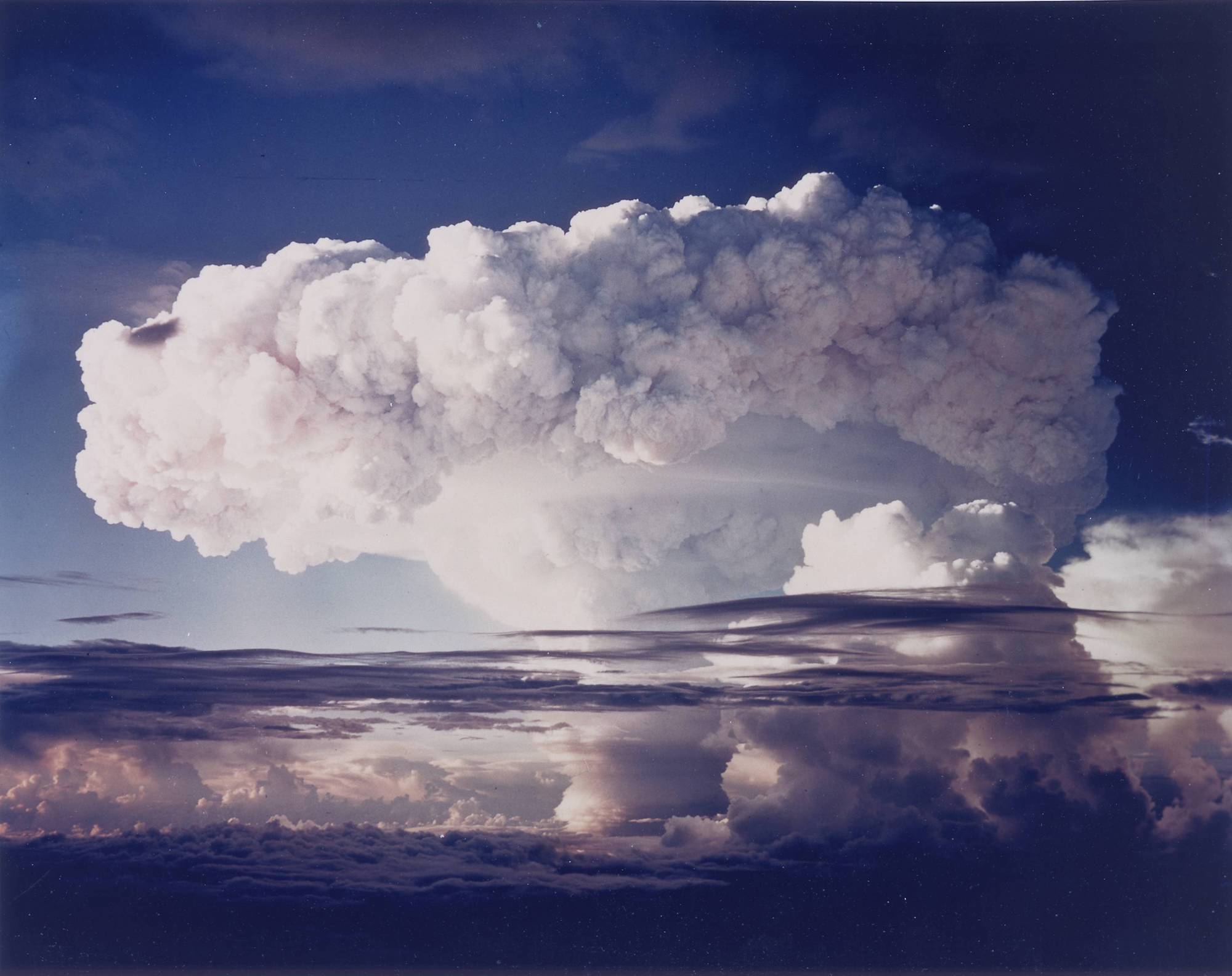
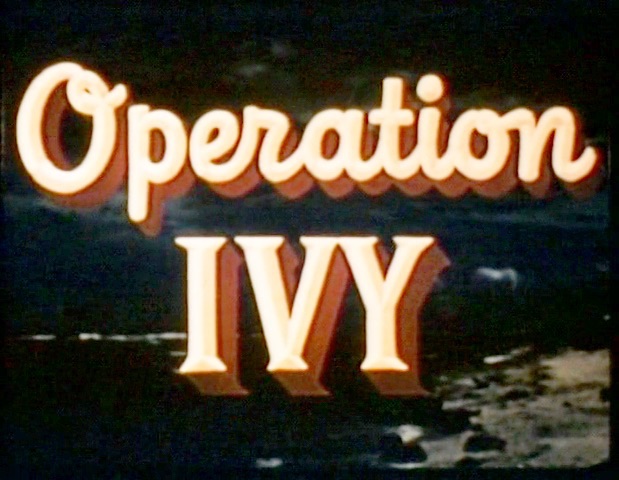
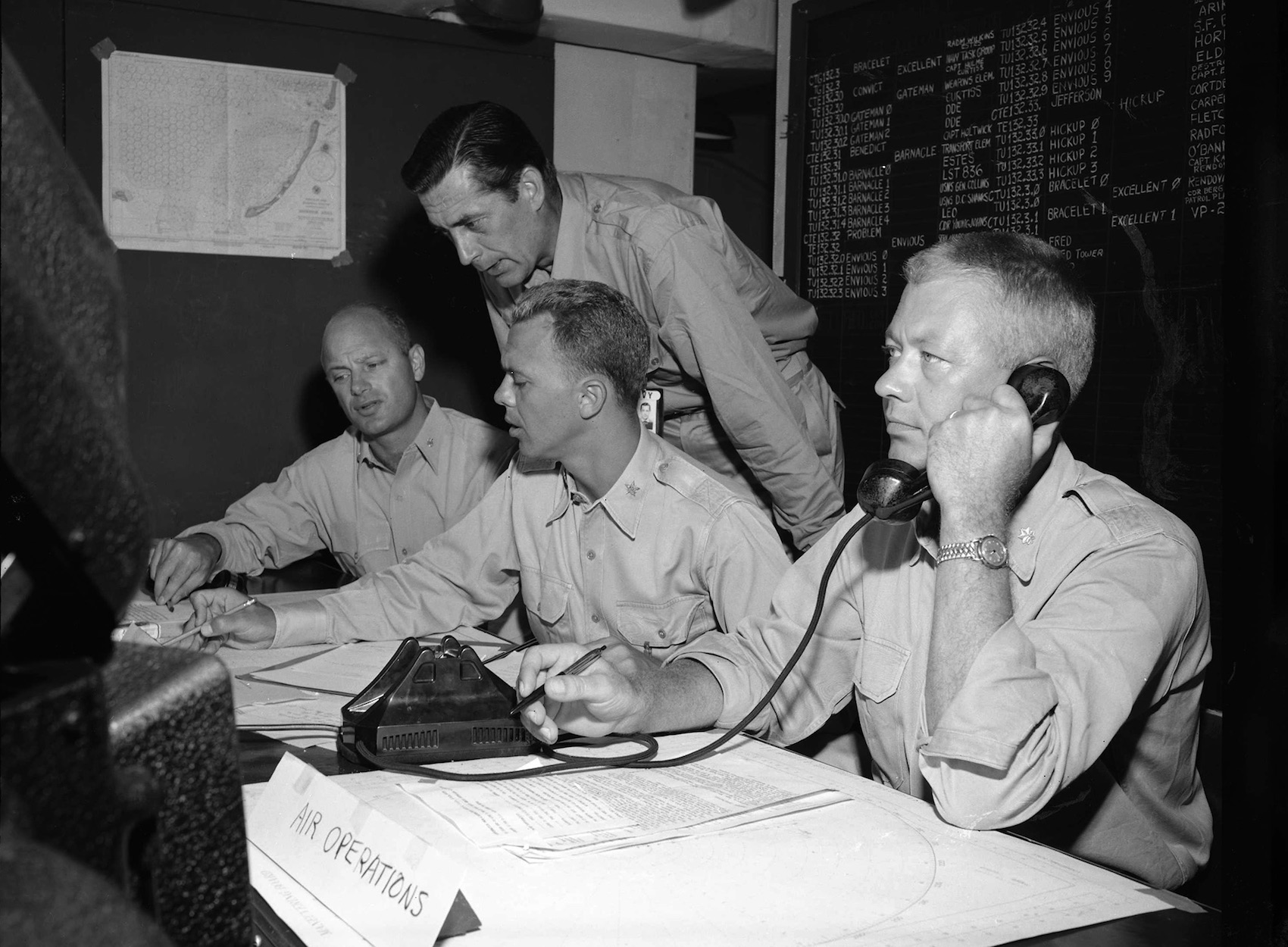
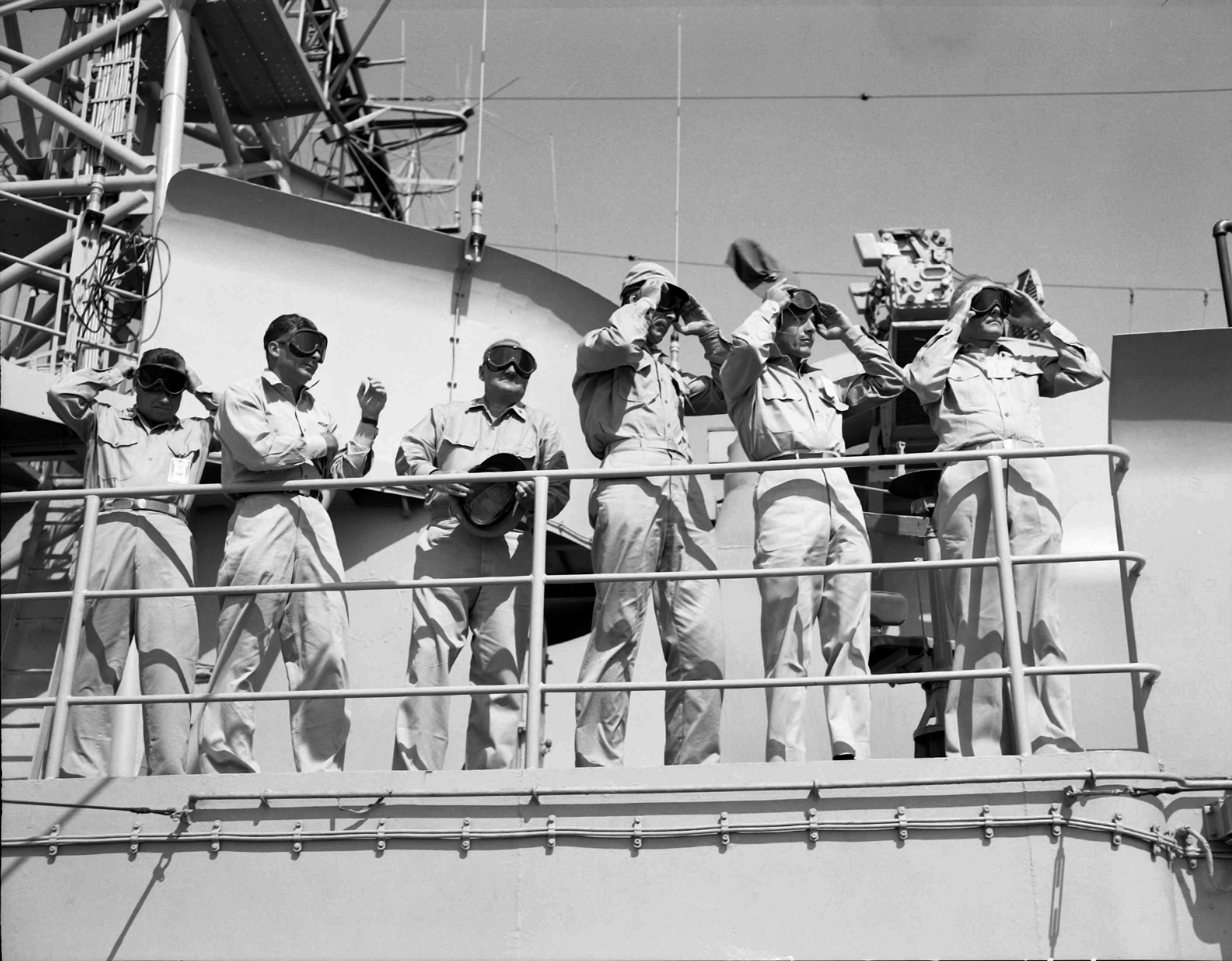
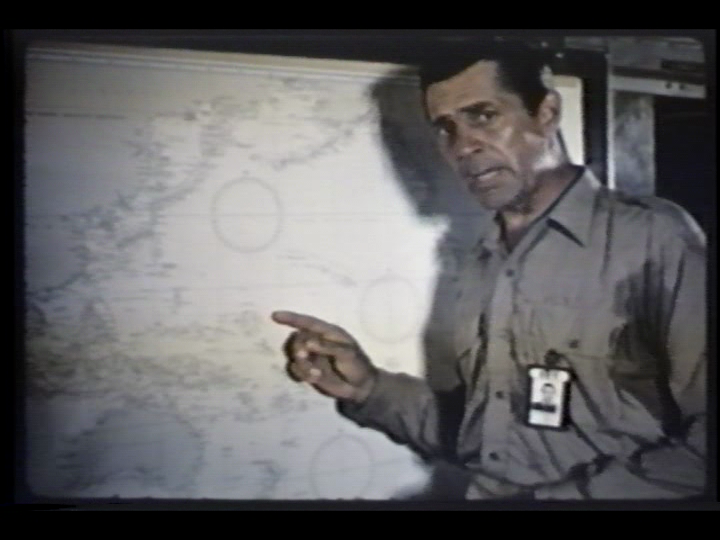
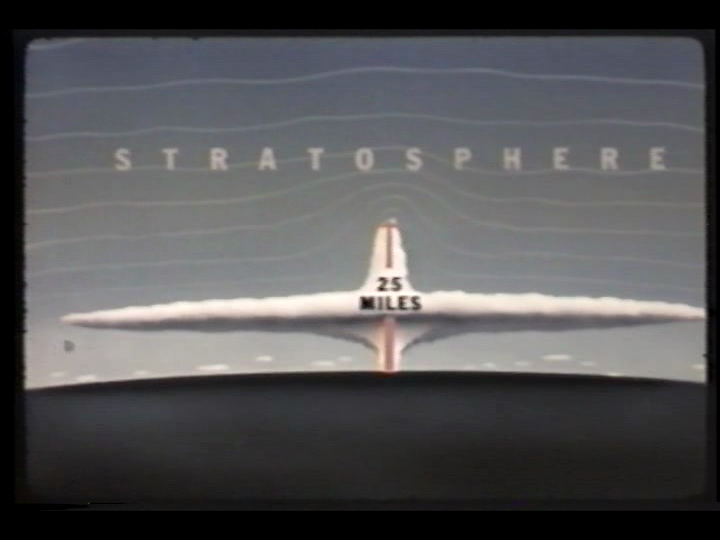
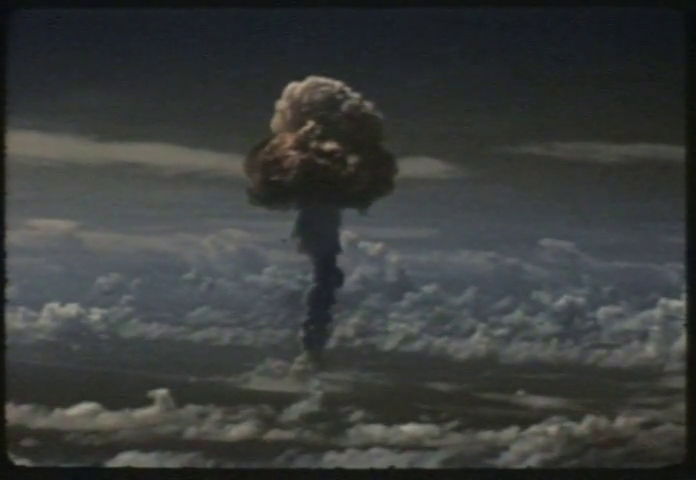
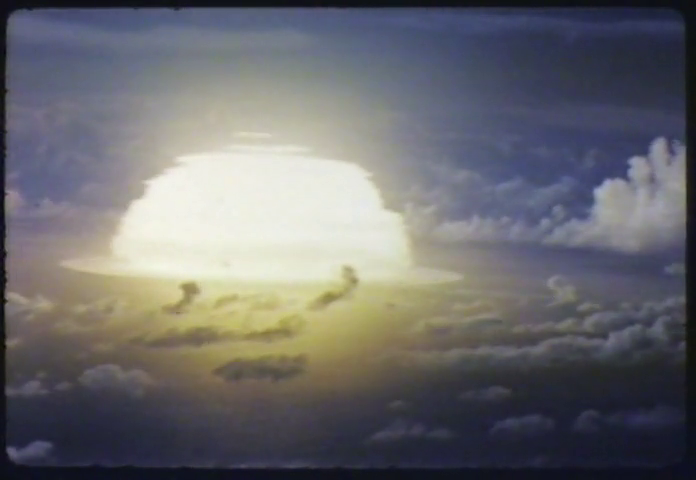
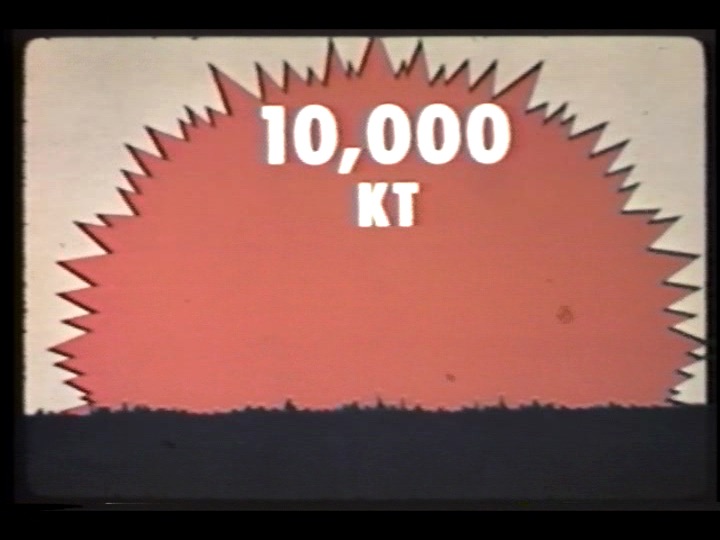

Send A Letter To the Editors